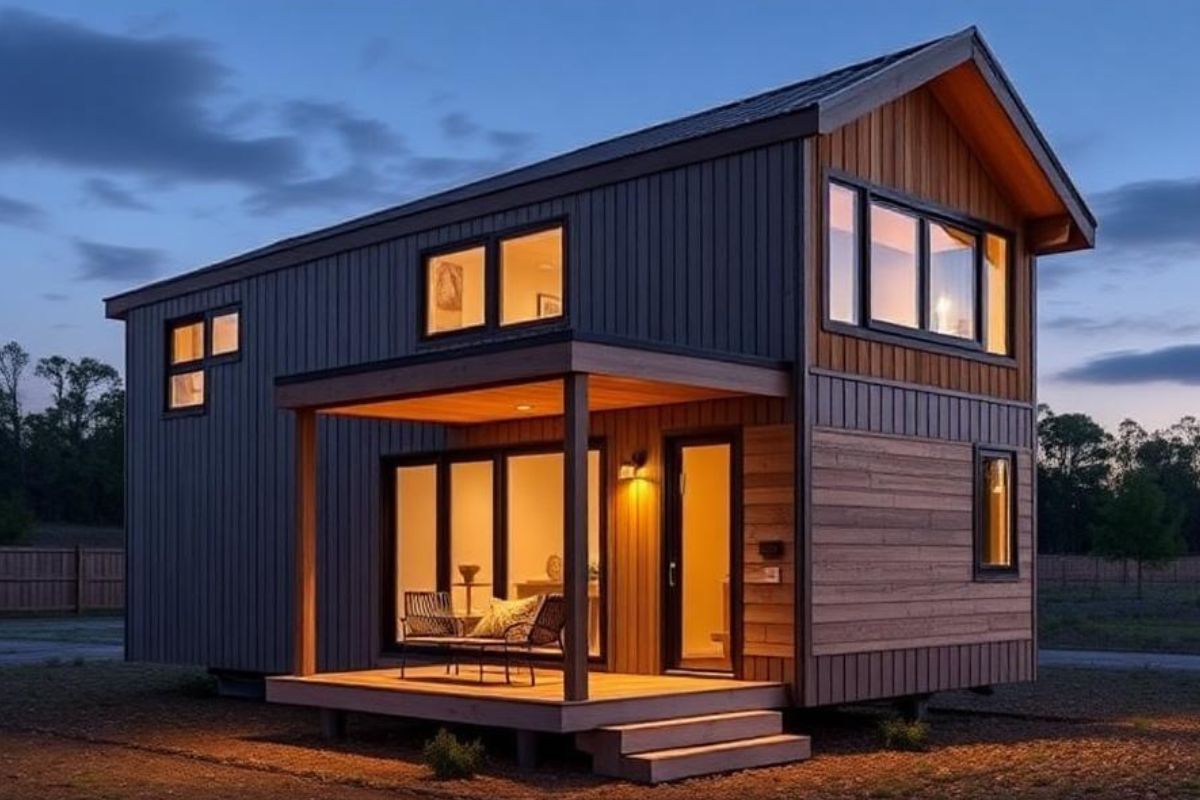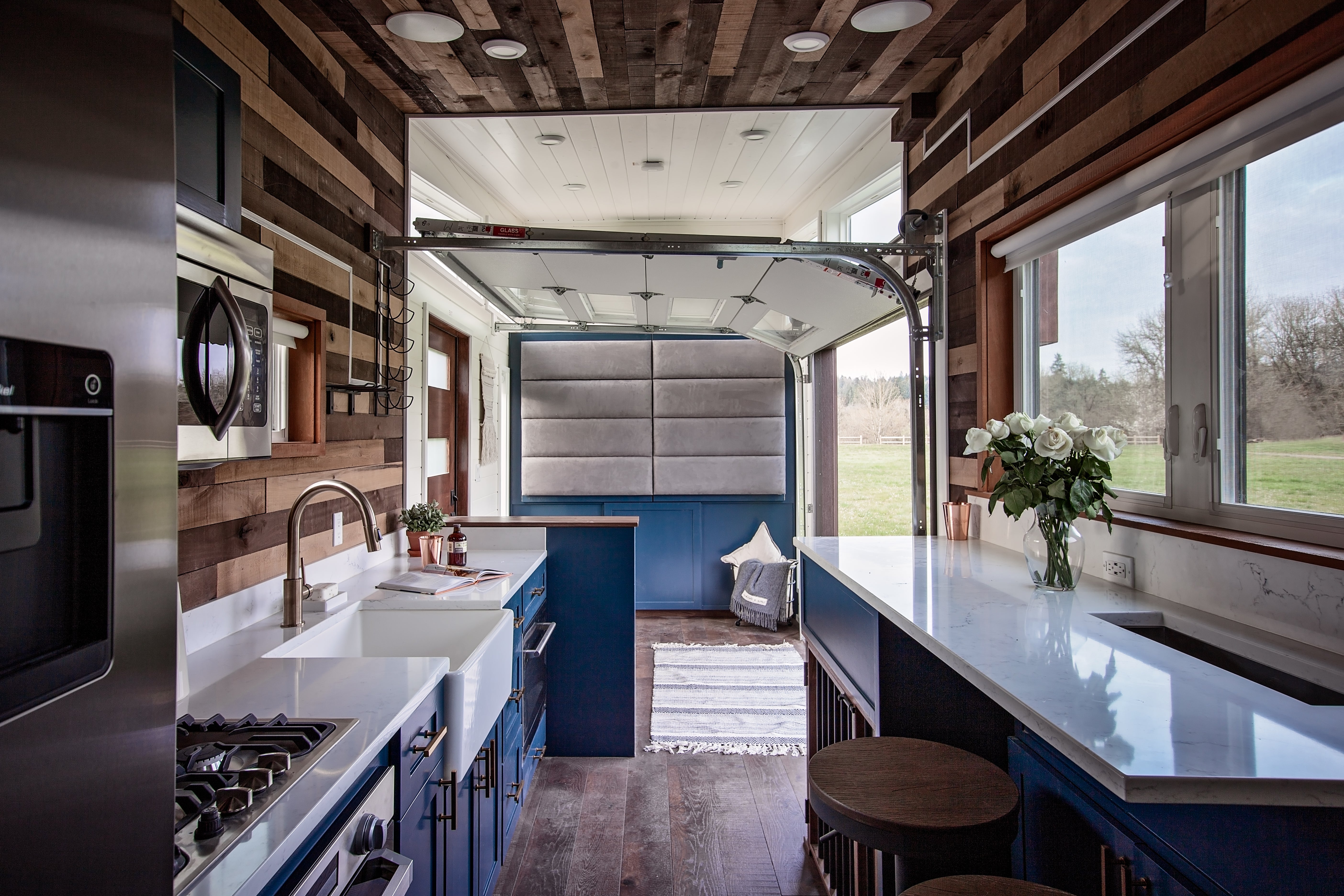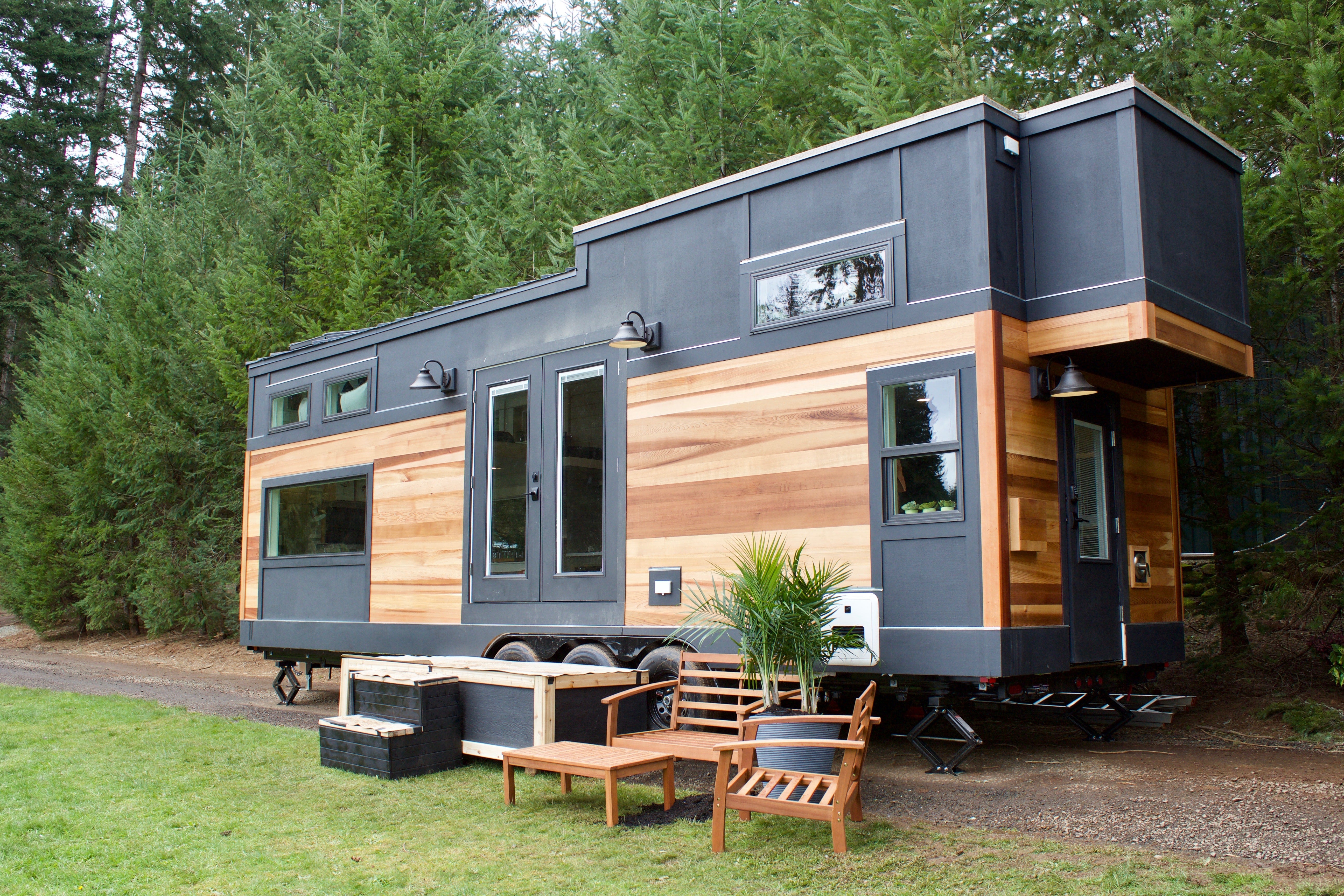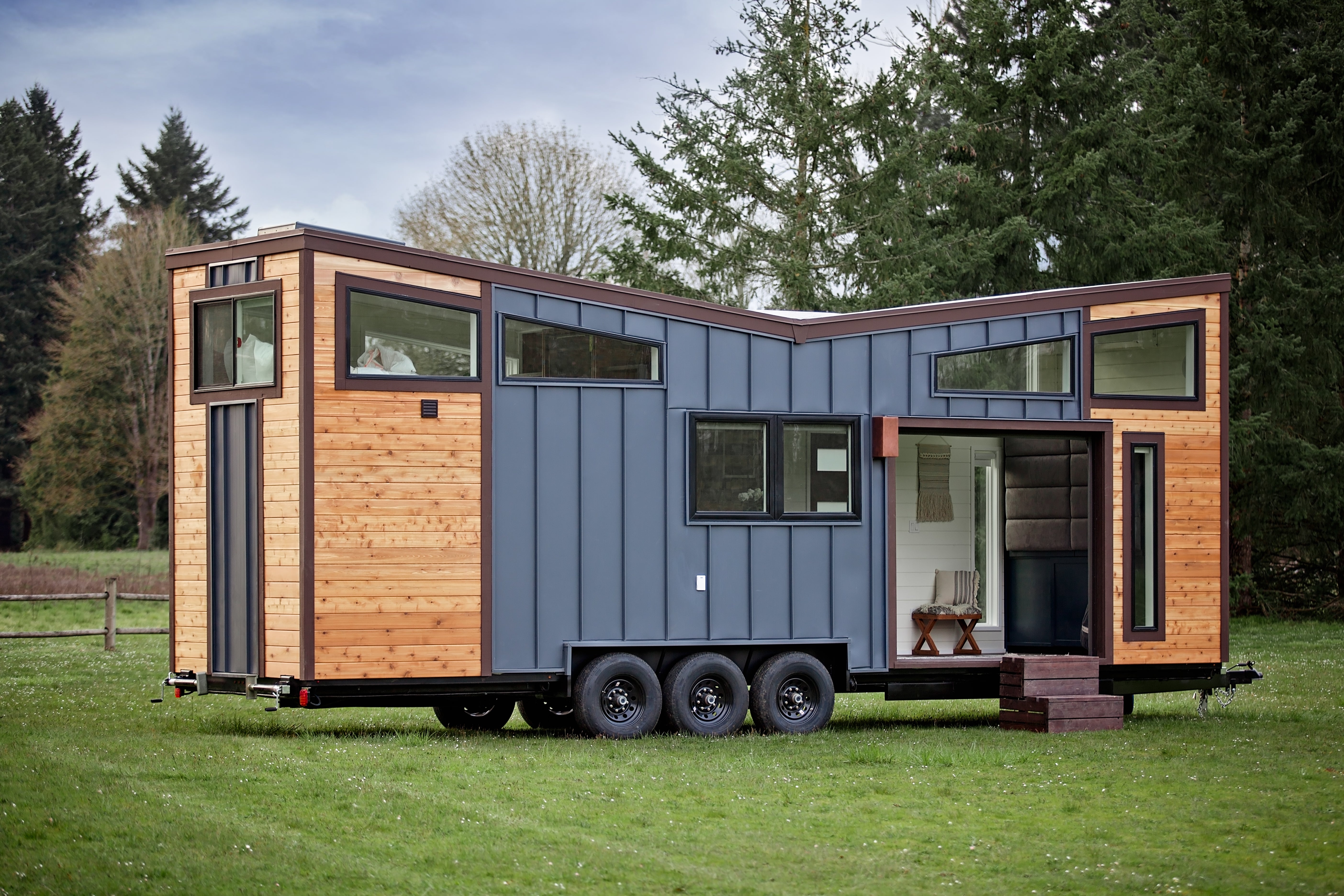Imagine putting together a Lego set, but instead of a toy castle or spaceship, you’re building an office or even a house. That’s how modular construction feels: fast assembly with limitless possibilities. Modular construction is rapidly transforming the building industry, thanks to a wave of technological advancements that are streamlining processes, improving quality, and reducing project timelines.
Unlike traditional construction, modular building relies on off-site fabrication and on-site assembly, allowing for greater efficiency and precision. Innovations in design software, robotics, and sustainable materials are driving this shift, making modular construction a smart choice for developers seeking faster, greener, and more cost-effective building solutions. As these technologies continue to evolve, they are reshaping how we think about construction in the modern era.
But this isn’t child’s play; it is revolutionizing how we build everything from factories to tiny homes.
Technology has taken this process leap ahead. Prebuilt panels slot in like puzzle pieces, integrated systems save hours of work on-site, and designs flex to meet specific needs.
The result? Construction that saves time without cutting corners.
Let’s explore how these advancements shape industries big and small!
Prefabrication: Speeding Up Construction Timelines
Think of traditional construction as baking a cake from scratch. You measure, mix, bake, and decorate all in one go.
Modular construction? It’s like picking up a ready-made kit with pre-measured ingredients, you just assemble everything on-site.
Prefabrication allows major components to be built simultaneously at off-site facilities while groundwork happens on location.
Walls are framed and insulated; electrical systems get wired into panels ahead of time. When it’s time to build, the pieces fit together quickly, saving weeks or even months compared to conventional methods.
For example, hospitals needing emergency expansions often turn to prefabricated modules for quick solutions that don’t compromise quality or safety standards.
Speed isn’t the only perk here; predictability matters, too.
Modular processes minimize delays caused by bad weather or site conditions because most work happens indoors at manufacturing facilities.
Design Flexibility with Modular Systems Across Industries
One size doesn’t fit all when it comes to modular design, and that’s where flexibility shines brightest.
Modular units aren’t cookie-cutter; they adapt based on what each project demands.
This adaptability is especially valuable in industrial settings, where customizable inplant offices serve as a strong example. These modular spaces can include private meeting rooms, open work areas, or glass partitions that reduce noise while maintaining visibility. Built quickly and efficiently, they showcase the speed and flexibility modular construction offers.
It works outside industries, too.
Residential builders utilize similar principles in tiny homes by maximizing every square inch efficiently through flexible prefab sections.
This ability to adjust designs lets businesses scale spaces up or down easily as operations grow, or relocate them entirely when necessary. The adaptable nature ensures projects feel personalized while remaining functional over time.

Sustainability Benefits of Modular Building Methods
Modular construction offers more than just speed and efficiency; it is paving the way for greener building practices. By changing how structures are designed and assembled, it reduces environmental impact in ways that traditional methods often fall short.
Let’s examine why modular stands out for eco-conscious building:
-
Minimal Material Waste: In a factory setting, materials like wood, steel, and insulation are precisely cut with less leftover waste. Traditional sites often toss scrap into dumpsters, while modular factories find ways to reuse or recycle it instead.
-
Lower Carbon Footprint: Shipping prefabricated modules means fewer on-site deliveries and heavy machinery use, cutting emissions during the build process.
-
Energy Efficiency: Many prefab components integrate energy-efficient designs, such as advanced insulation or solar-ready roofing, straight from the factory floor. These reduce long-term energy usage for finished buildings.
-
Smaller Site Disturbance: With most work done off-site, local ecosystems see less disruption from noise pollution or large-scale equipment digging up land unnecessarily.
In some cases, builders even deconstruct modular structures after their use ends and repurpose parts in new projects. This circular approach keeps old materials out of landfills while crafting something fresh.
Modular construction offers more than just speed and efficiency. It is also paving the way for greener building practices. By changing how structures are designed and assembled, it reduces environmental impact in ways that traditional methods often fall short.
Building Smarter, Faster, and Greener
The advancements in modular construction are reshaping the future of the building.
By taking the time to combine speed, efficiency, and sustainability, this approach caters to industries seeking flexible solutions and environmentally conscious practices. Whether it’s customizable inplant offices or energy-efficient homes, modular methods meet modern demands without compromising quality.
As technology evolves further, expect even more innovation that transforms how we think about space and design possibilities.
After all, modular design is more than just an emerging trend, it’s also the blueprint for smarter construction moving forward into the future.
Conclusion:
Technological advancements in modular construction are not only redefining how buildings are designed and assembled but also setting new standards for efficiency, sustainability, and innovation in the construction industry.
From automated manufacturing to advanced design tools and eco-friendly materials, these developments are helping address common industry challenges such as labor shortages, long project timelines, and environmental impact. As the demand for smarter, faster, and greener construction continues to grow, modular building—powered by cutting-edge technology—is poised to play an even more significant role in shaping the future of construction.
Moreover, the integration of technologies like Building Information Modeling (BIM), 3D printing, and Internet of Things (IoT) into modular construction enhances precision, quality control, and real-time monitoring throughout the building process. These innovations allow stakeholders to detect and resolve issues before they escalate, reduce material waste, and ensure better compliance with safety and regulatory standards.
As these tools become more accessible and refined, modular construction is becoming a more attractive and practical solution for residential, commercial, and public infrastructure projects alike.






Share: